Explore the Best AI Image Gallery

The Intersection of AI and Digital Creativity: Innovations and Implications
In an age where technology increasingly interlaces with creative processes, artificial intelligence (AI) stands at the forefront of transforming the creative industry. From generating art to crafting music and designing everything in between, AI's impact on digital creativity is profound and multifaceted. This blog post explores the exciting potential uses of AI in the creative sector, the ethical considerations it raises, and the trends shaping the future of digital creativity.
AI as a Creative Collaborator
One of the primary ways AI is reshaping the creative process is by serving as a collaborator for artists, musicians, and designers alike. By analyzing vast amounts of data, AI can generate unique patterns, suggest new styles, and even draft compositions that artists can refine.
For example, developers can use AI algorithms to create stunning visual art that combines multiple styles, inspirations, and historical techniques. Tools like DALL-E and Midjourney open new avenues for artists, allowing them to explore imaginative realms that may have remained out of reach without this technology.
Pioneering Music Composition
Artificial intelligence is not just limited to visual arts; it's making waves in the music industry too. Apps like Amper and AIVA have emerged, enabling users to create original compositions with ease. Users can input parameters such as genre, mood, and instrumentation, and the AI will produce a track that meets the criteria.
This technology is exciting for professionals and hobbyists, as it lowers the barrier for entry into music composition. Emerging artists can utilize AI to enhance their creative process, rapidly prototype new ideas, and efficiently produce high-quality tracks without extensive training.
Redefining Design
AI is also revolutionizing design—from graphic design to architectural applications. Generative design tools like Autodesk's Fusion 360 employ machine learning algorithms to help designers explore an array of design iterations based on defined constraints. This approach allows for more innovative solutions that can be both functional and aesthetically appealing.
Moreover, in web and graphic design, AI platforms like Canva are evolving to include more intelligent features. They can recommend layouts, color schemes, and even optimize images, making the design process more intuitive and accessible to everyone.
Ethical Considerations
While the benefits of AI in the creative industry are significant, they also bring forth ethical considerations that cannot be ignored. Questions arise about copyright, creativity, and authenticity. If AI can create whole pieces of art in seconds, who owns that art? Is it the artist, the programmer, or the machine itself? Moreover, what does it mean for the value of human-created art when machines can produce similar works in less time?
Additionally, there's a moral responsibility to address potential biases in the data used to train AI systems. If an AI tool learns from biased data, it may perpetuate stereotypes or exclude underrepresented voices in its outputs.
The Future of AI and Digital Creativity
Looking forward, it’s clear that AI will continue to evolve and play an increasingly vital role in the creative sphere. The confluence of AI and creativity will lead to innovative forms of expression that blend human intuition with machine-enhanced capability. Collaborative projects between humans and AI can create groundbreaking results that challenge existing norms.
Moreover, as ethics in AI gain more attention, we can expect regulations and guidelines to emerge, ensuring that creators can leverage these tools responsibly. Educational institutions might incorporate AI literacy into their art and design curriculums, preparing the next generation to navigate this complex landscape.
Conclusion
AI is not just a tool for efficiency; it's redefining the boundaries of creativity. As we stand on the cusp of a revolution in digital creativity, the possibilities are boundless. Embracing AI can foster an environment where creativity flourishes alongside technology, leading to a rich tapestry of artistic expression that challenges and broadens our perspectives on what it means to be creative in the digital age.
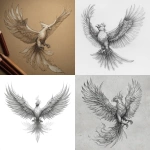
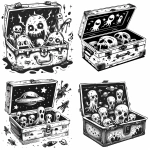
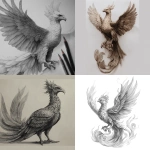


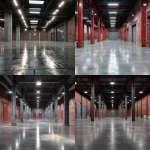

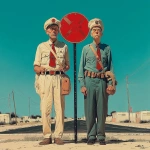


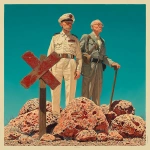

](https://images.ai-img.art/thumbnails/150/74fe39465fb728f0be740f14a0e753985a7a202a983fe8b708cd56665252aeb0.webp)
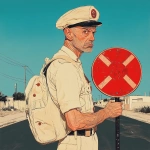
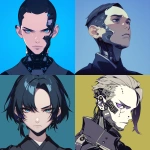




](https://images.ai-img.art/thumbnails/150/4afb6c64b7f45f3dd207e7dee8c1e653bec05393e8a83cbc94a48a3c6f3720a4.webp)



](https://images.ai-img.art/thumbnails/150/ab72cef4d9d2967ca2b116b76986000e543809d8a2644dfd122b830fa87f3062.webp)
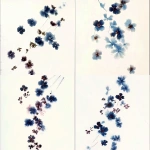
](https://images.ai-img.art/thumbnails/150/477e3ed7292726f6dd8626f0b911bbba218c93298c561d5a7e2dc9b5313461c3.webp)

](https://images.ai-img.art/thumbnails/150/e98e848b82dd4c7762990adeecb0b8b8994cc5e19d6b8106a7d02da204d15496.webp)
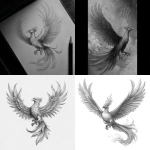
](https://images.ai-img.art/thumbnails/150/87970d07238103a69c098a36fcaa89dde90d12a4a2ff107e8bd2e2b08e1778a2.webp)
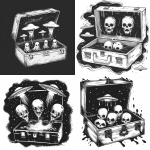
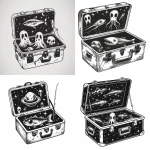


](https://images.ai-img.art/thumbnails/150/2f2f9fd945df5b3a1e8cd78edc892e036af6d868ac9123e2e23def2d2f286810.webp)




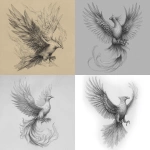


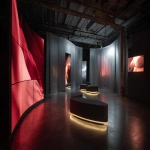

](https://images.ai-img.art/thumbnails/150/044930b0e6606b87c7ab54cfc9ac3d59533cf3d6d7d658dbb1faa1b97c575dd2.webp)

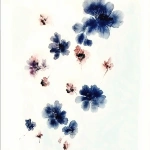

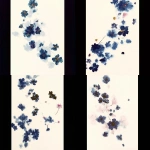
](https://images.ai-img.art/thumbnails/150/9a236083efc412f2063ce4fe8743e0c52f92ae8bc763b64d2c7a1249b5c0e3e8.webp)